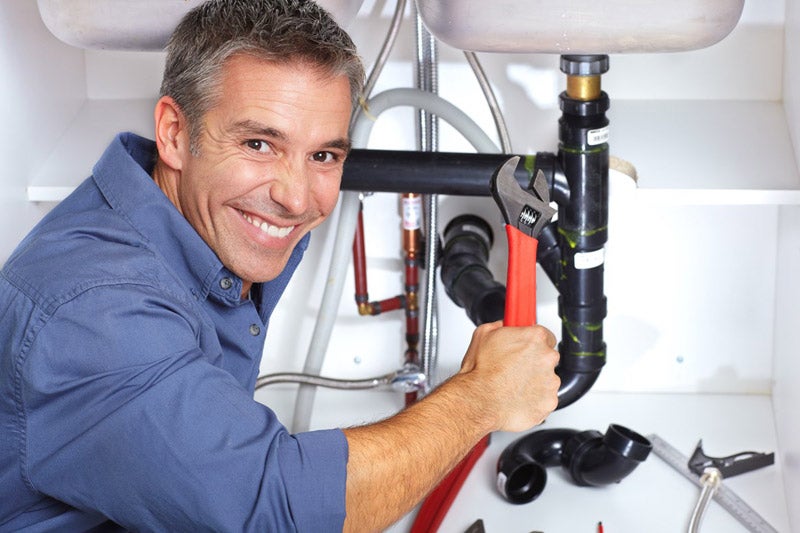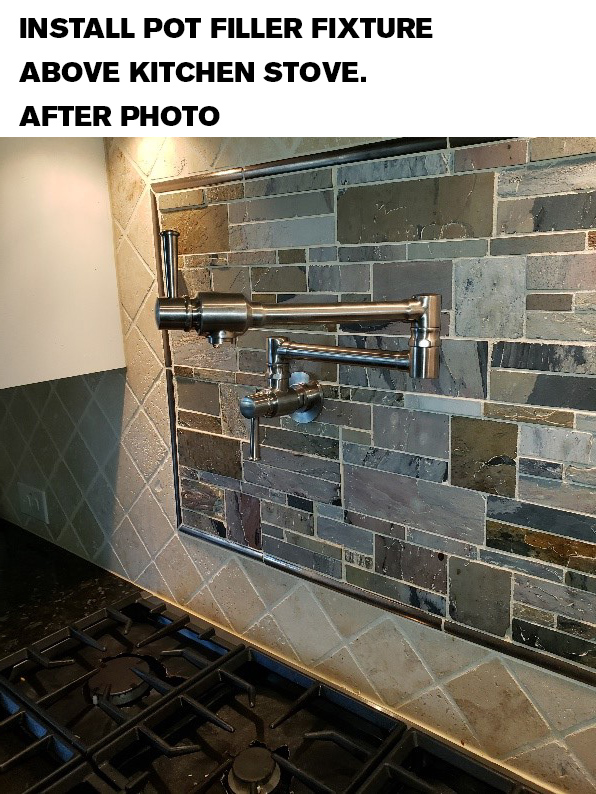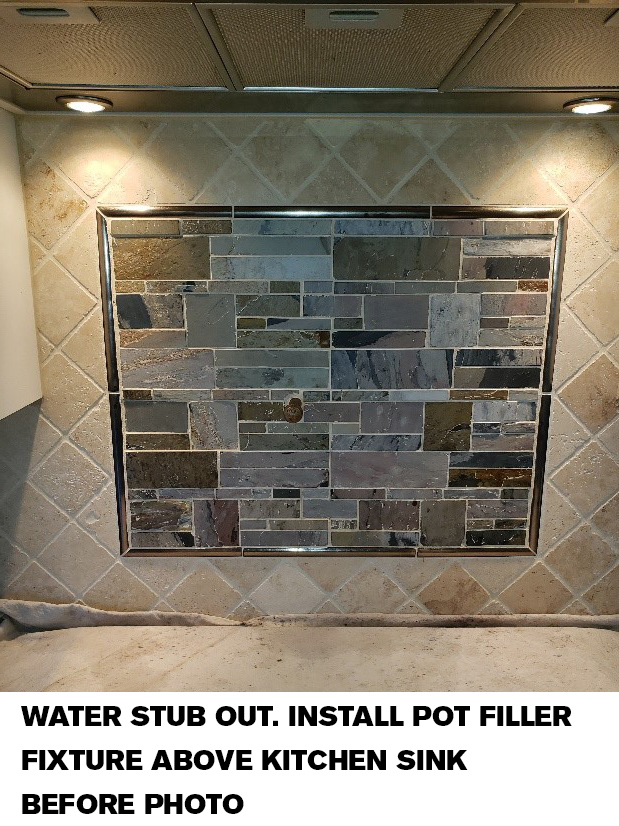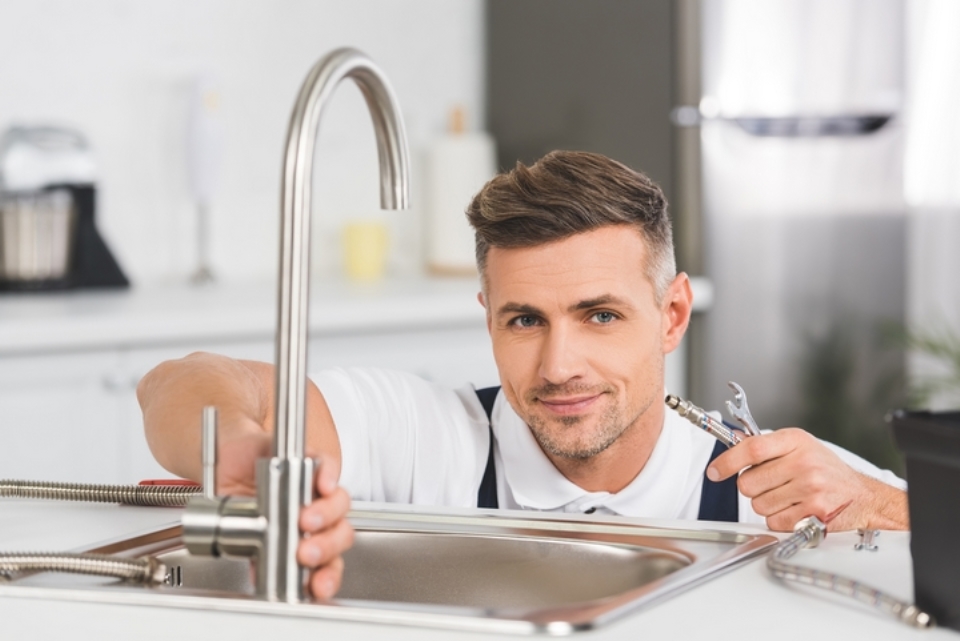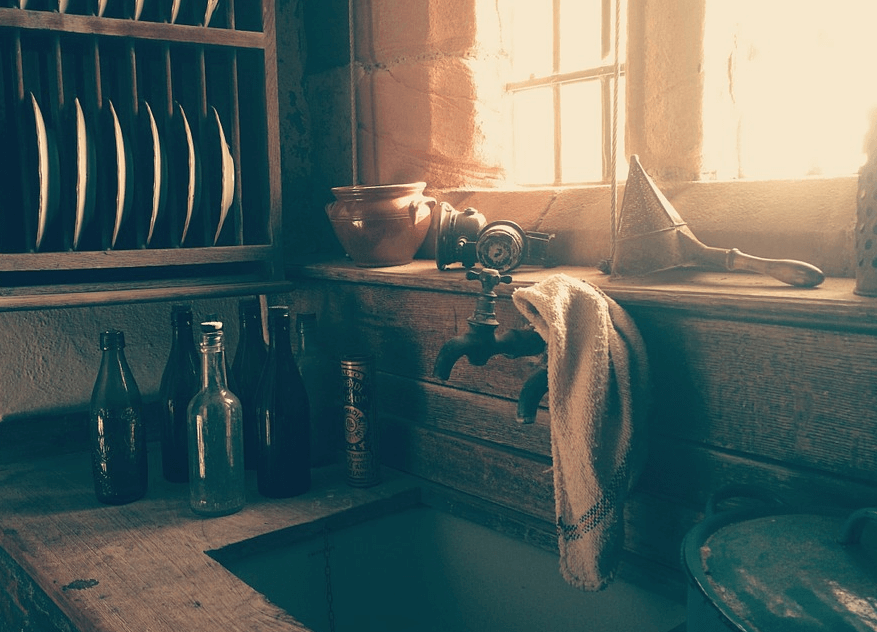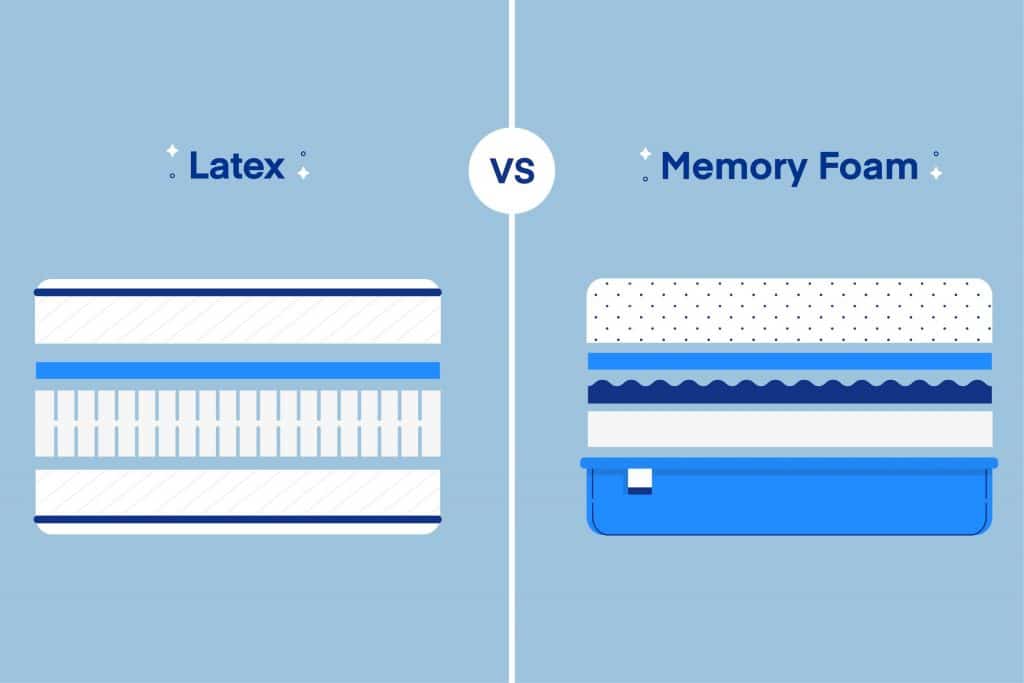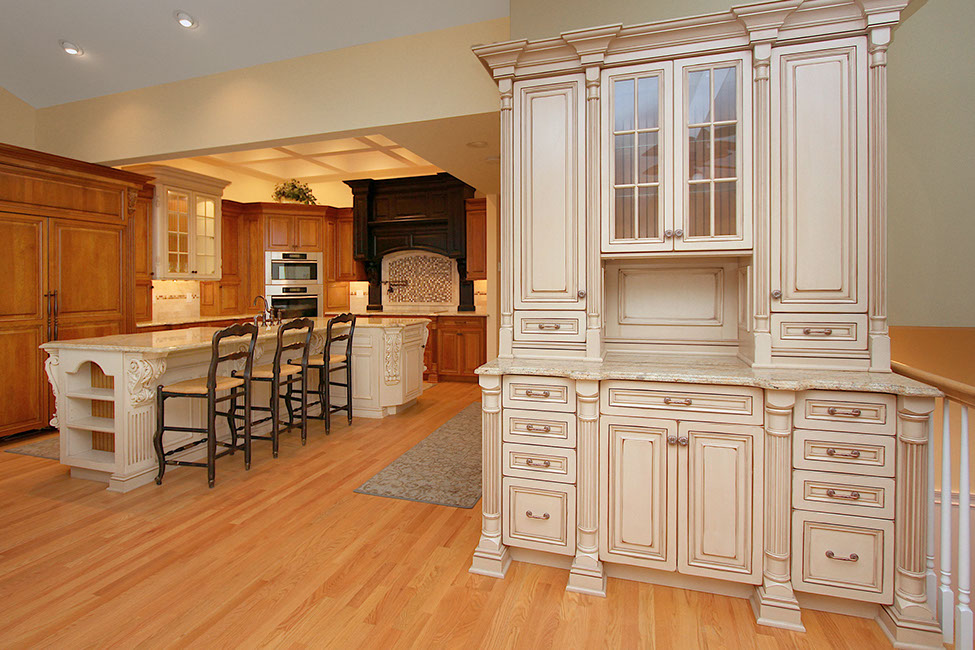Installing a new kitchen sink can be a daunting task, especially for those who are not familiar with plumbing and home improvement projects. While it may seem like a straightforward process, there are many common problems that can arise during a kitchen sink installation. Luckily, most of these issues can be easily solved with a little know-how and some troubleshooting. In this article, we'll discuss the top 10 kitchen sink installation problems and provide solutions to help you overcome them.Common Kitchen Sink Installation Problems and Solutions
If you're experiencing problems with your kitchen sink installation, it's important to identify the issue and troubleshoot it before it becomes a bigger problem. Below are some of the most common kitchen sink installation problems and how to fix them:How to Troubleshoot Common Kitchen Sink Installation Issues
1. Leaks: One of the most common problems with kitchen sink installation is leaks. This can be caused by loose connections or incorrect installation of the sink or plumbing fixtures. To fix this issue, carefully check all connections and tighten them as needed. You may also need to replace any damaged or worn out hardware. 2. Clogged Drain: Another common issue is a clogged drain, which can be caused by food particles, grease, or other debris getting stuck in the pipes. To unclog the drain, you can use a plunger or a plumbing snake. If the clog is deep in the pipe, you may need to call a professional plumber. 3. Uneven Sink: If your sink is not level, it can cause water to pool in certain areas and make it difficult to use. This can be fixed by adjusting the sink clips or using shims to level the sink. Using a level during installation can help prevent this problem from occurring. 4. Improperly Sized Sink: It's important to make sure your sink is the right size for the opening in your countertop. A sink that is too big or too small can cause installation issues and may need to be replaced. Measure carefully before purchasing a sink to ensure a proper fit. 5. Damaged Countertop: During installation, it's possible to accidentally damage the countertop, especially if you're using heavy tools. Be sure to take precautions and use protective measures to prevent any damage. If damage does occur, consult a professional for repairs. 6. Loose Faucet: A loose faucet can be both annoying and potentially cause leaks. To fix this issue, make sure the faucet is securely attached to the sink and tighten any loose connections. If the problem persists, you may need to replace the faucet or call a plumber for assistance. 7. Wrong Type of Sink for Countertop: Depending on the material of your countertop, certain sinks may not be compatible. For example, an undermount sink may not work with a laminate countertop. Make sure to research and choose a sink that is suitable for your countertop material. 8. Inadequate Support: A heavy sink, such as a cast iron sink, may require additional support to prevent it from sagging or pulling away from the countertop. Make sure to use the appropriate support brackets or consult a professional for installation. 9. Improper Sealing: Improper sealing between the sink and countertop can cause water to seep through and damage the countertop. Make sure to use a high-quality sealant and follow the manufacturer's instructions for proper application. 10. Not Enough Space for Plumbing: If your new sink is deeper or larger than your previous one, it may not leave enough space for the plumbing underneath. This can cause issues with installation and may require some adjustments to the plumbing.Top 10 Kitchen Sink Installation Problems and How to Fix Them
If you're still experiencing issues with your kitchen sink installation, here are some additional troubleshooting tips: - Check the manufacturer's instructions for specific guidelines and recommendations. - Measure carefully before purchasing a sink to ensure a proper fit. - Use the appropriate tools and protective measures during installation. - Consult a professional for assistance if needed.Troubleshooting Guide for Kitchen Sink Installation Problems
To avoid common kitchen sink installation problems, it's important to follow these tips: - Plan and prepare before starting the installation process. - Read and follow the manufacturer's instructions carefully. - Use the right tools and materials for the job. - Take your time and be patient. - Double check all connections and make sure everything is secure.How to Properly Install a Kitchen Sink: Tips and Common Problems
If you're planning to install a new kitchen sink, here's a step-by-step guide to help you avoid common problems: 1. Measure the opening in your countertop and choose a sink that will fit properly. 2. Gather all necessary tools and materials. 3. Turn off the water supply and disconnect the old sink and plumbing fixtures. 4. Prepare the new sink by attaching any necessary hardware. 5. Install the sink by following the manufacturer's instructions. 6. Connect the plumbing fixtures and turn the water supply back on. 7. Check for any leaks and troubleshoot as needed. 8. Secure the sink in place using clips or brackets.Avoiding Common Kitchen Sink Installation Problems: A Step-by-Step Guide
Here are some additional expert tips to help you overcome common kitchen sink installation problems: - Use a silicone-based caulk for sealing between the sink and countertop. - Have a bucket or towels handy in case of any leaks during installation. - Use a level to ensure the sink is properly installed. - Consider hiring a professional for installation if you're not confident in your abilities.Expert Tips for Dealing with Kitchen Sink Installation Problems
By following the tips and troubleshooting techniques outlined in this article, you should be able to overcome the most common kitchen sink installation problems. Remember to take your time, read and follow instructions carefully, and seek professional assistance if needed.The Most Common Kitchen Sink Installation Problems and How to Solve Them
While installing a kitchen sink can be a challenging task, it's not impossible to do it yourself. By being aware of the common problems and having the right tools and knowledge, you can successfully install a new kitchen sink and avoid any major issues. If you do encounter problems, don't hesitate to consult a professional for assistance. With a little patience and know-how, you can have a functional and beautiful kitchen sink in no time. DIY Kitchen Sink Installation: Common Problems and How to Overcome Them
Common Kitchen Sink Installation Problems and How to Avoid Them
:no_upscale()/cdn.vox-cdn.com/uploads/chorus_asset/file/19495086/drain_0.jpg)
Introduction
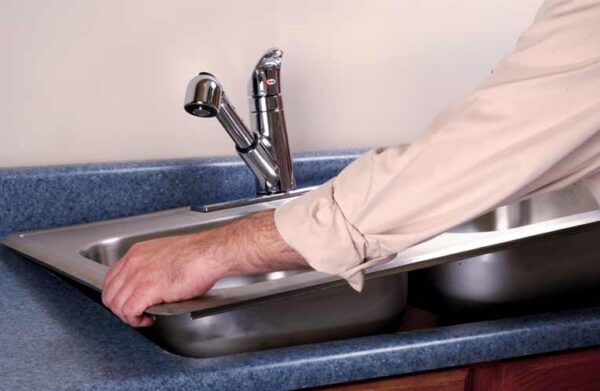 Installing a kitchen sink may seem like a simple task, but it can quickly become a headache if not done correctly. From leaks to improper fit, there are several common problems that can arise during kitchen sink installation. In this article, we will discuss these issues and provide tips on how to avoid them, ensuring a smooth and successful installation process.
Installing a kitchen sink may seem like a simple task, but it can quickly become a headache if not done correctly. From leaks to improper fit, there are several common problems that can arise during kitchen sink installation. In this article, we will discuss these issues and provide tips on how to avoid them, ensuring a smooth and successful installation process.
Leaky Faucets
 One of the most frustrating problems that can occur with kitchen sink installation is a leaky faucet. This is often caused by improper installation of the faucet or loose connections. To avoid this issue, be sure to carefully follow the instructions provided by the manufacturer and use the appropriate tools for installation. Additionally, make sure all connections are tight and secure before turning the water back on.
One of the most frustrating problems that can occur with kitchen sink installation is a leaky faucet. This is often caused by improper installation of the faucet or loose connections. To avoid this issue, be sure to carefully follow the instructions provided by the manufacturer and use the appropriate tools for installation. Additionally, make sure all connections are tight and secure before turning the water back on.
Improper Fit
 Another common problem with kitchen sink installation is an improper fit. This can occur when the sink is not the correct size for the countertop or when it is not aligned properly with the drain pipe. To avoid this issue, be sure to measure the sink and the countertop carefully before purchasing and installing the sink. Also, use a level to ensure the sink is aligned properly with the drain pipe.
Another common problem with kitchen sink installation is an improper fit. This can occur when the sink is not the correct size for the countertop or when it is not aligned properly with the drain pipe. To avoid this issue, be sure to measure the sink and the countertop carefully before purchasing and installing the sink. Also, use a level to ensure the sink is aligned properly with the drain pipe.
Cracked Sink
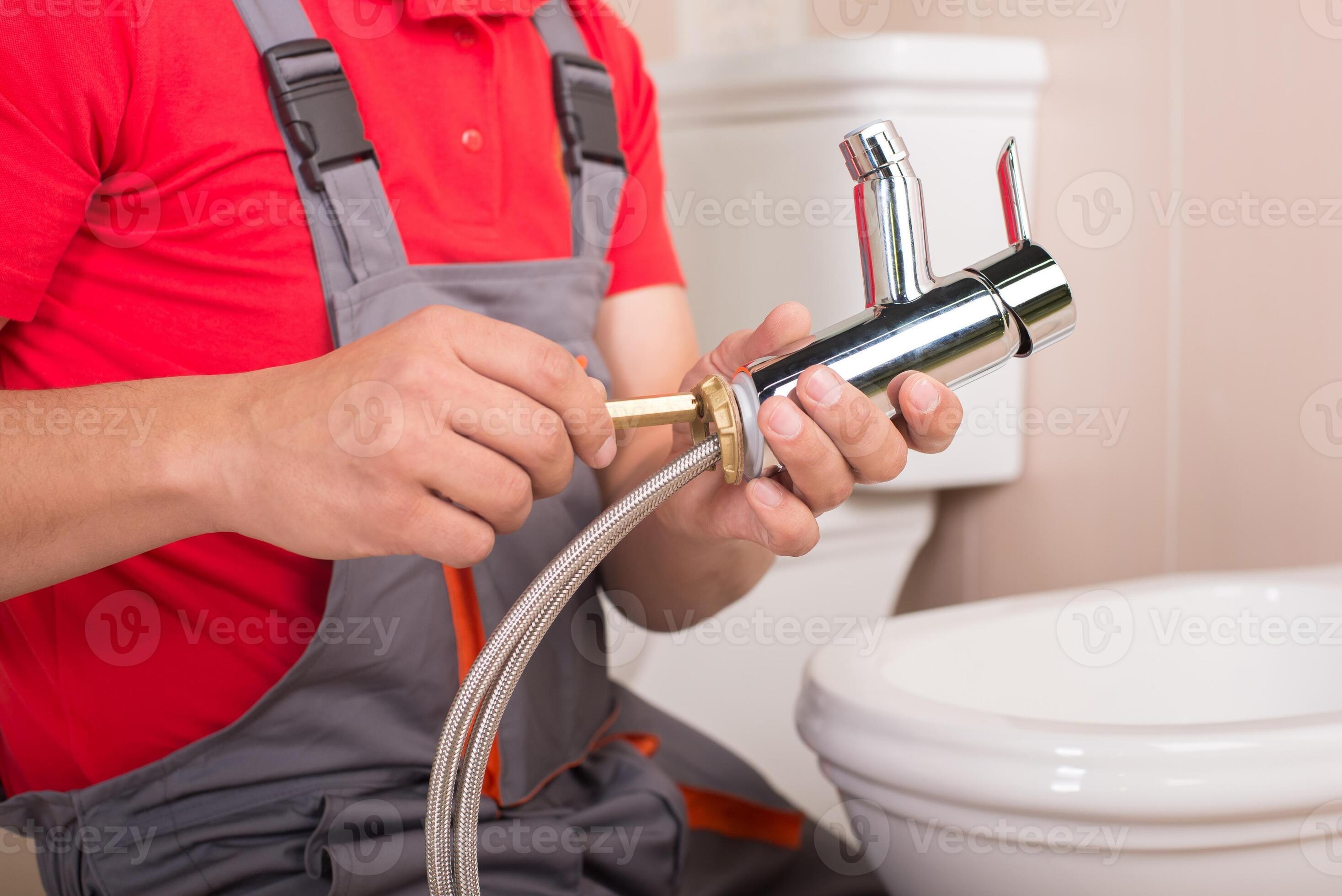 A cracked sink is another issue that can arise during installation. This can happen if the sink is not handled carefully or if it is made of low-quality material. To avoid this problem, be sure to choose a high-quality sink made of durable material such as stainless steel or porcelain. Also, handle the sink with care during installation and avoid placing heavy objects on it.
A cracked sink is another issue that can arise during installation. This can happen if the sink is not handled carefully or if it is made of low-quality material. To avoid this problem, be sure to choose a high-quality sink made of durable material such as stainless steel or porcelain. Also, handle the sink with care during installation and avoid placing heavy objects on it.
Uneven Countertop
 If your kitchen countertop is not level, this can cause problems with sink installation. The sink may not sit properly on the countertop, causing leaks and other issues. To avoid this problem, make sure your countertop is level before installing the sink. If necessary, use shims to level the countertop and ensure a proper fit for the sink.
If your kitchen countertop is not level, this can cause problems with sink installation. The sink may not sit properly on the countertop, causing leaks and other issues. To avoid this problem, make sure your countertop is level before installing the sink. If necessary, use shims to level the countertop and ensure a proper fit for the sink.
Conclusion
 In conclusion, kitchen sink installation may seem like a simple task, but it can quickly become complicated if not done correctly. By following the tips mentioned in this article, you can avoid common problems such as leaky faucets, improper fit, cracked sinks, and uneven countertops. Remember to carefully measure and align the sink, use quality materials, and handle the sink with care during installation. With the right approach, you can successfully install a kitchen sink without any major issues.
In conclusion, kitchen sink installation may seem like a simple task, but it can quickly become complicated if not done correctly. By following the tips mentioned in this article, you can avoid common problems such as leaky faucets, improper fit, cracked sinks, and uneven countertops. Remember to carefully measure and align the sink, use quality materials, and handle the sink with care during installation. With the right approach, you can successfully install a kitchen sink without any major issues.




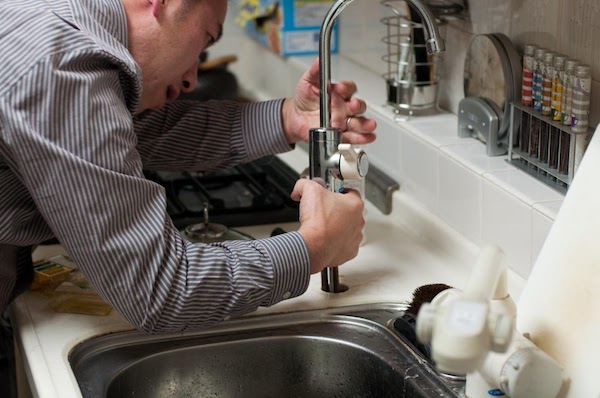
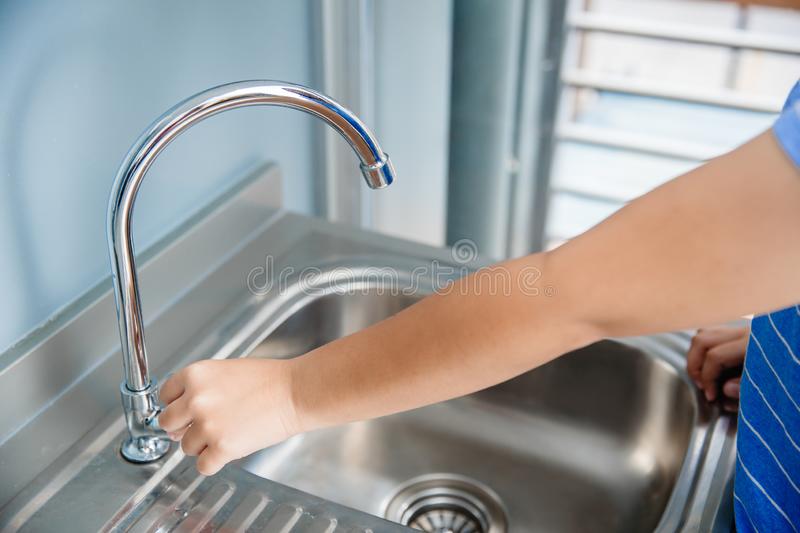
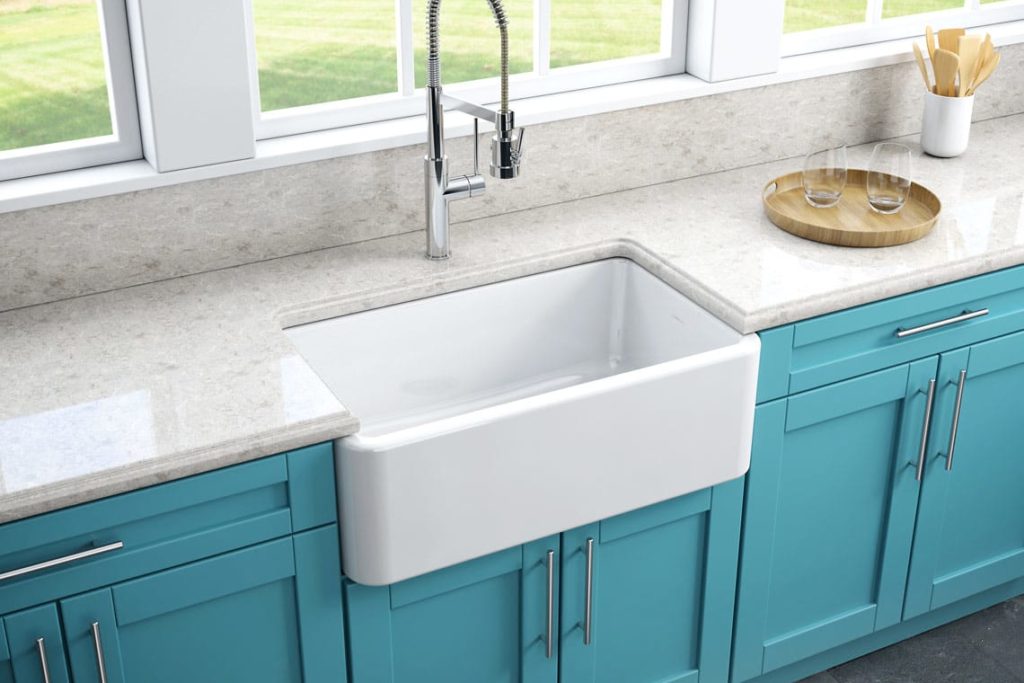
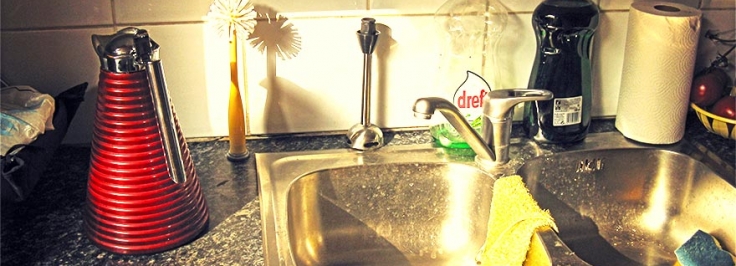
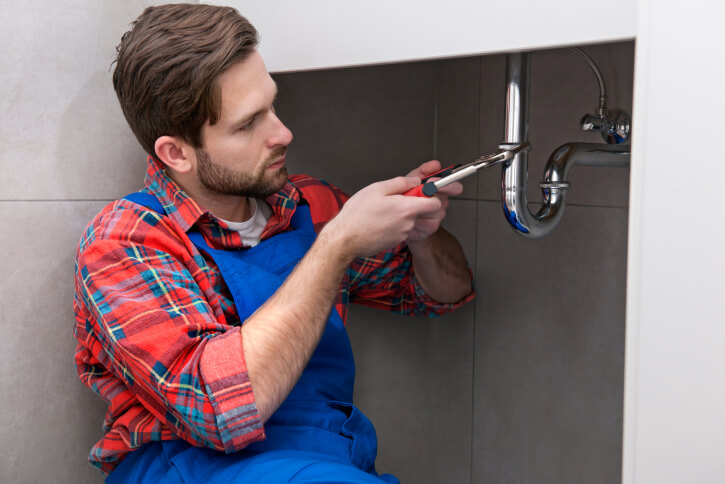


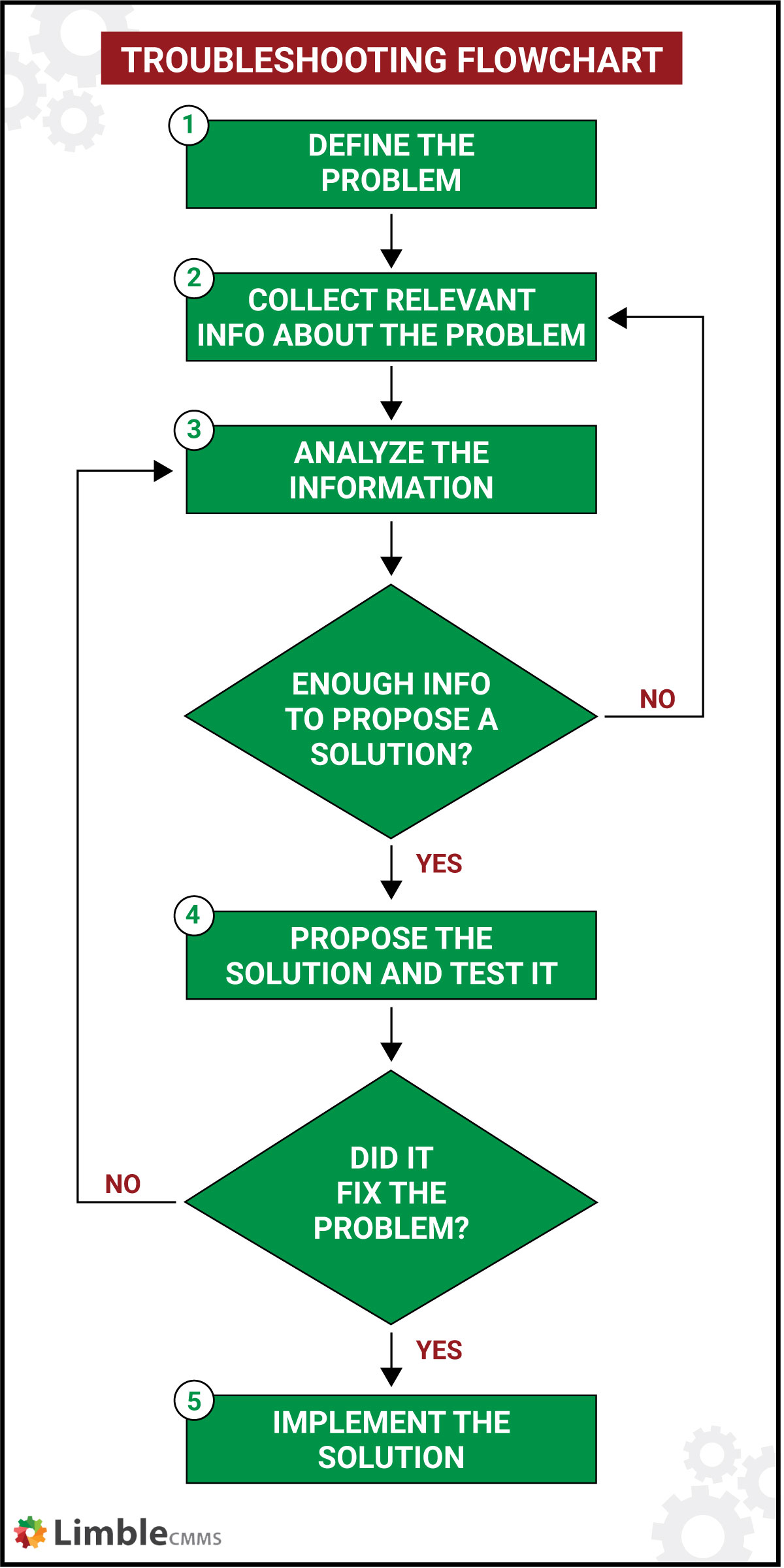


/various-jars-by-sink-in-kitchen-at-home-678911665-5a766bdf119fa800373bc97b.jpg)

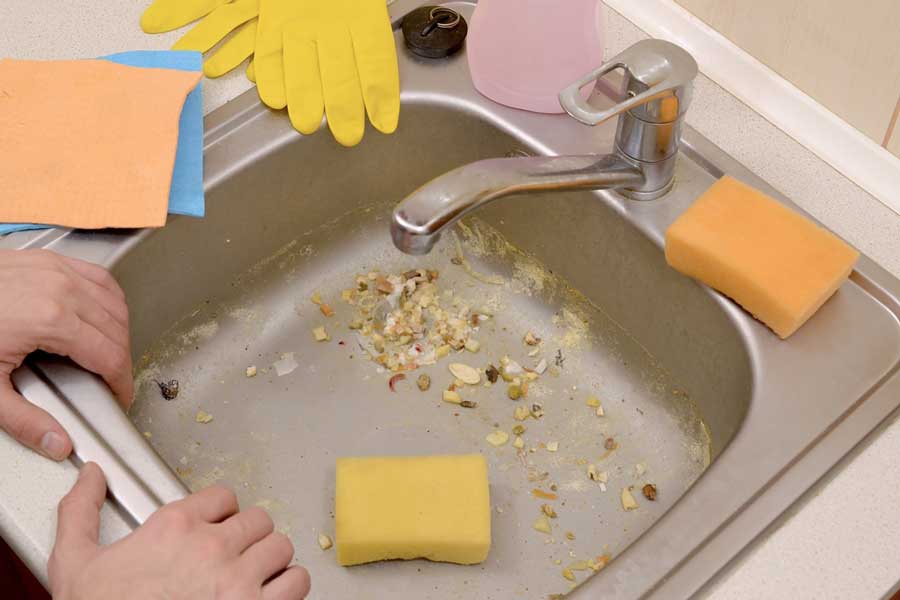



:max_bytes(150000):strip_icc()/GettyImages-169941530-5a85d1ae6bf06900372bffd0.jpg)


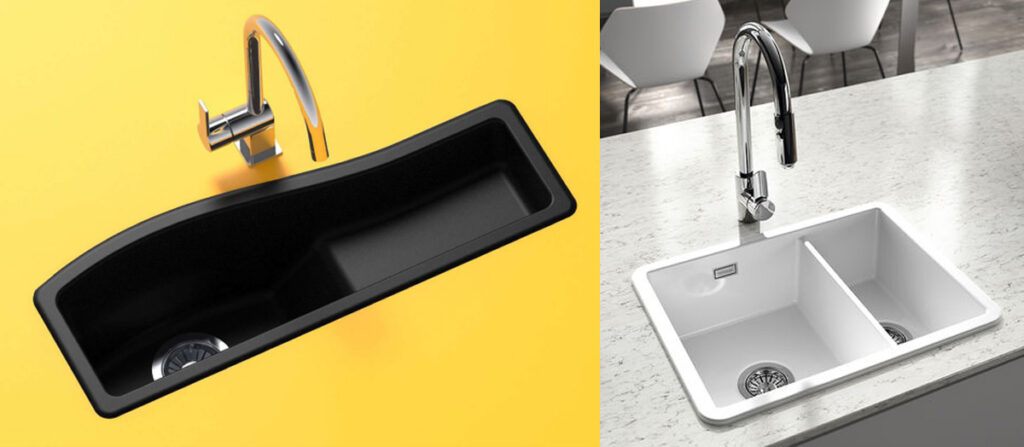



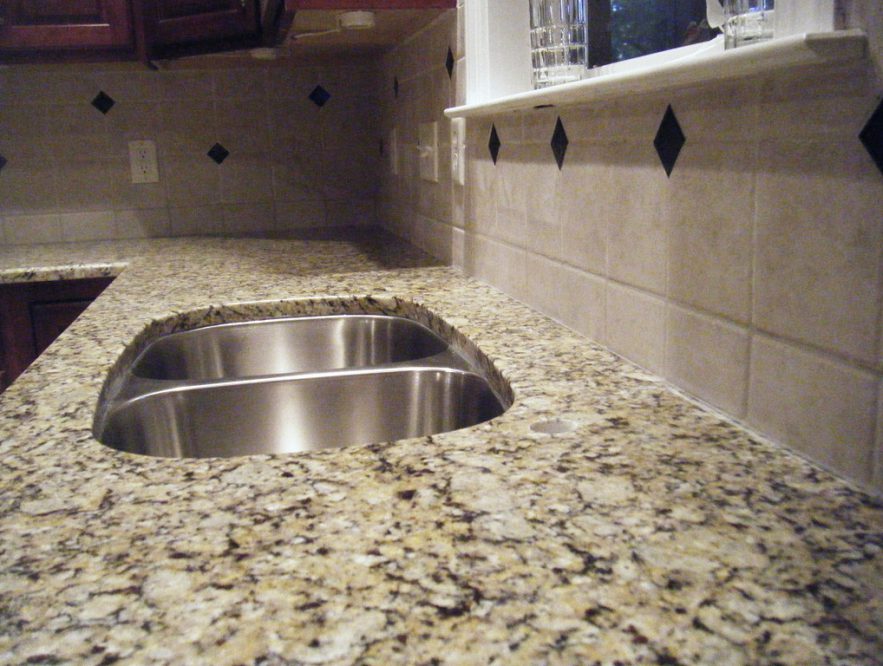
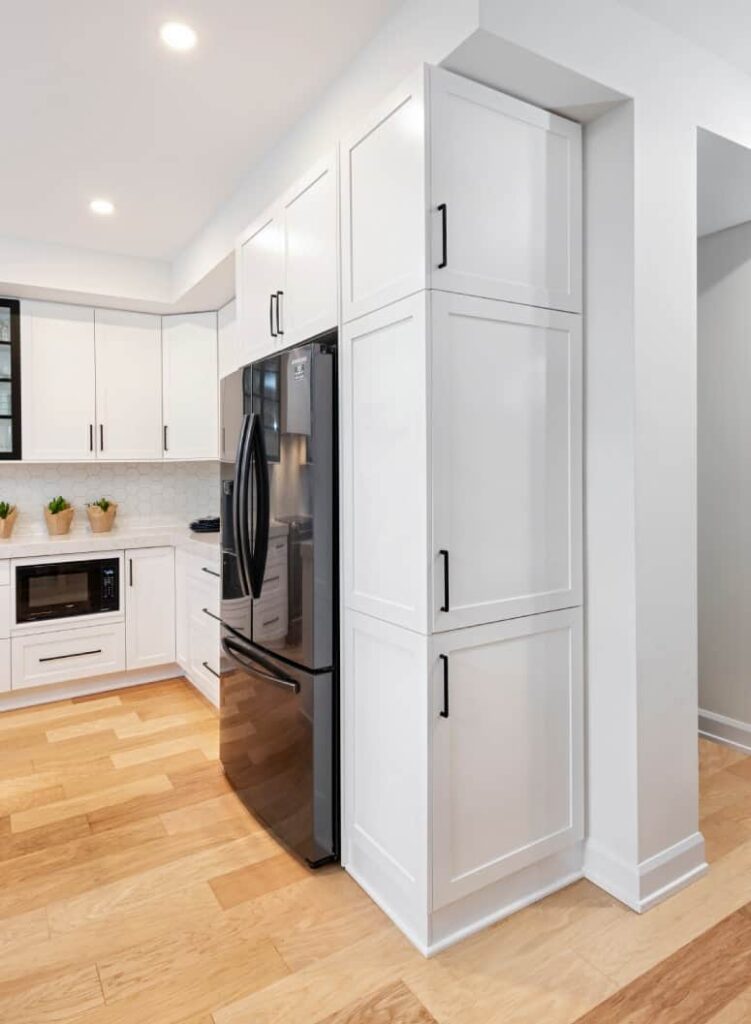



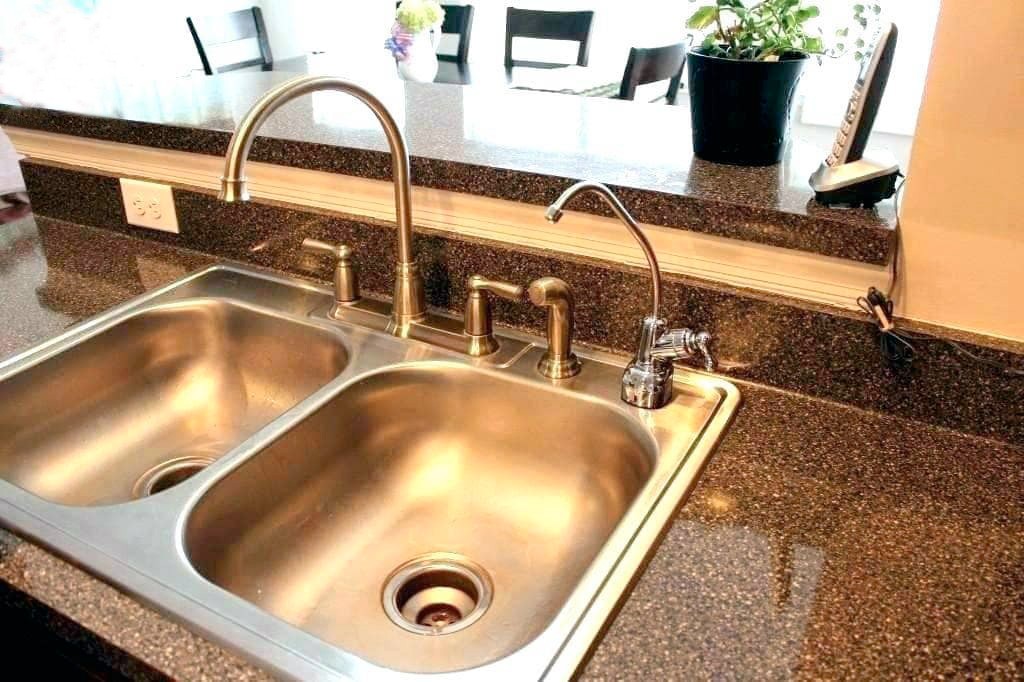

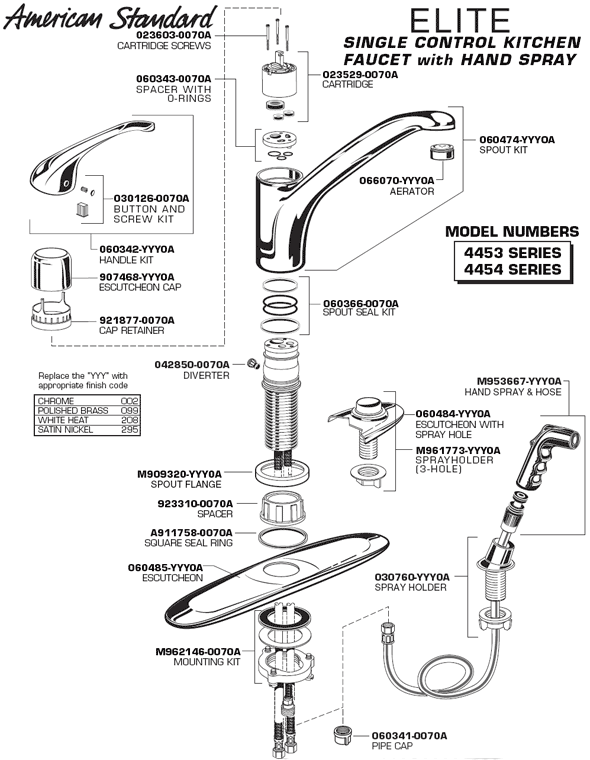


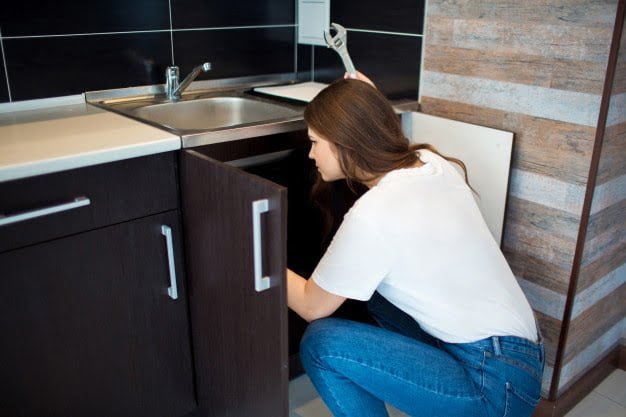
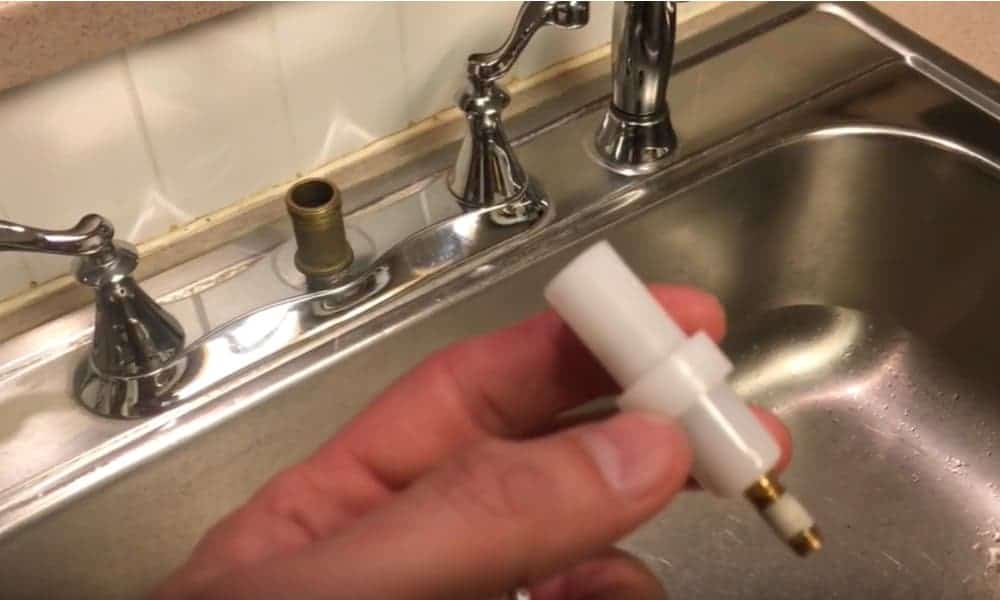

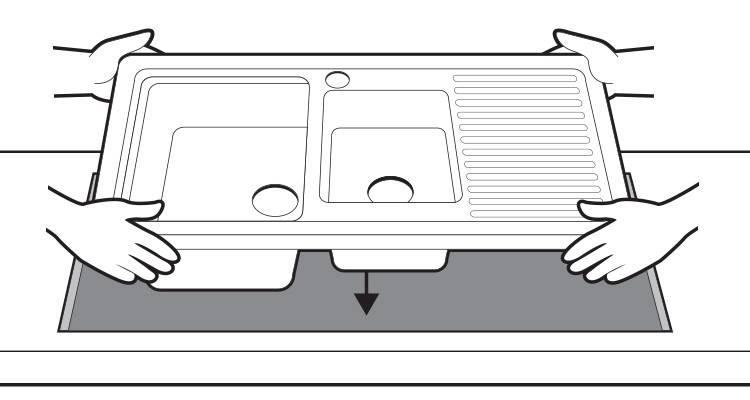






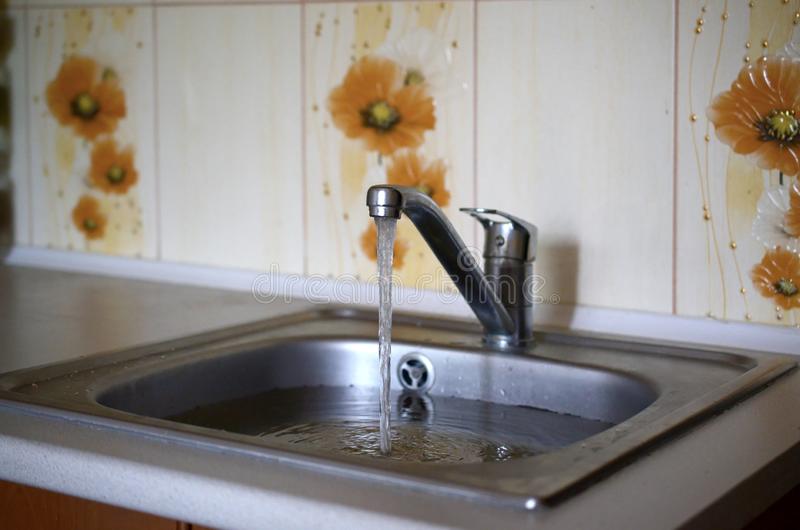

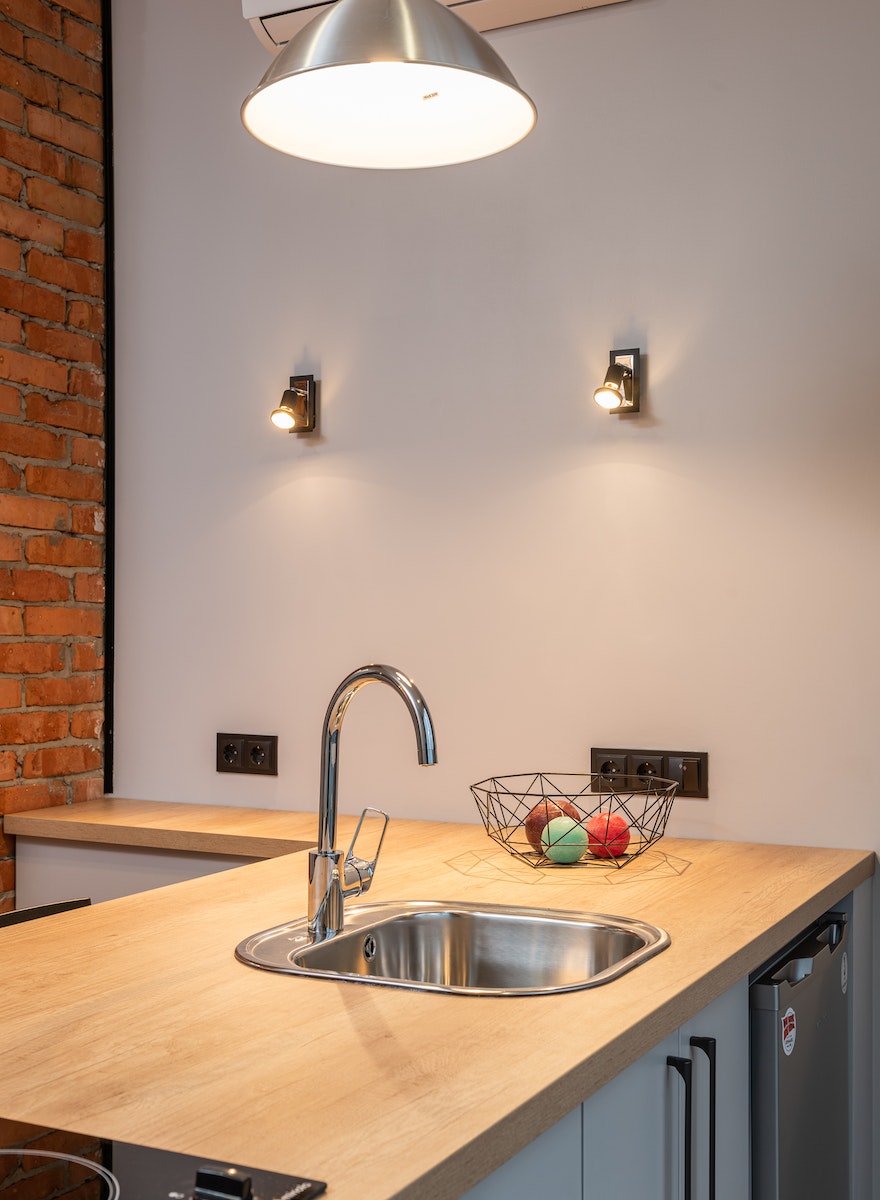





/how-to-install-a-sink-drain-2718789-hero-24e898006ed94c9593a2a268b57989a3.jpg)


